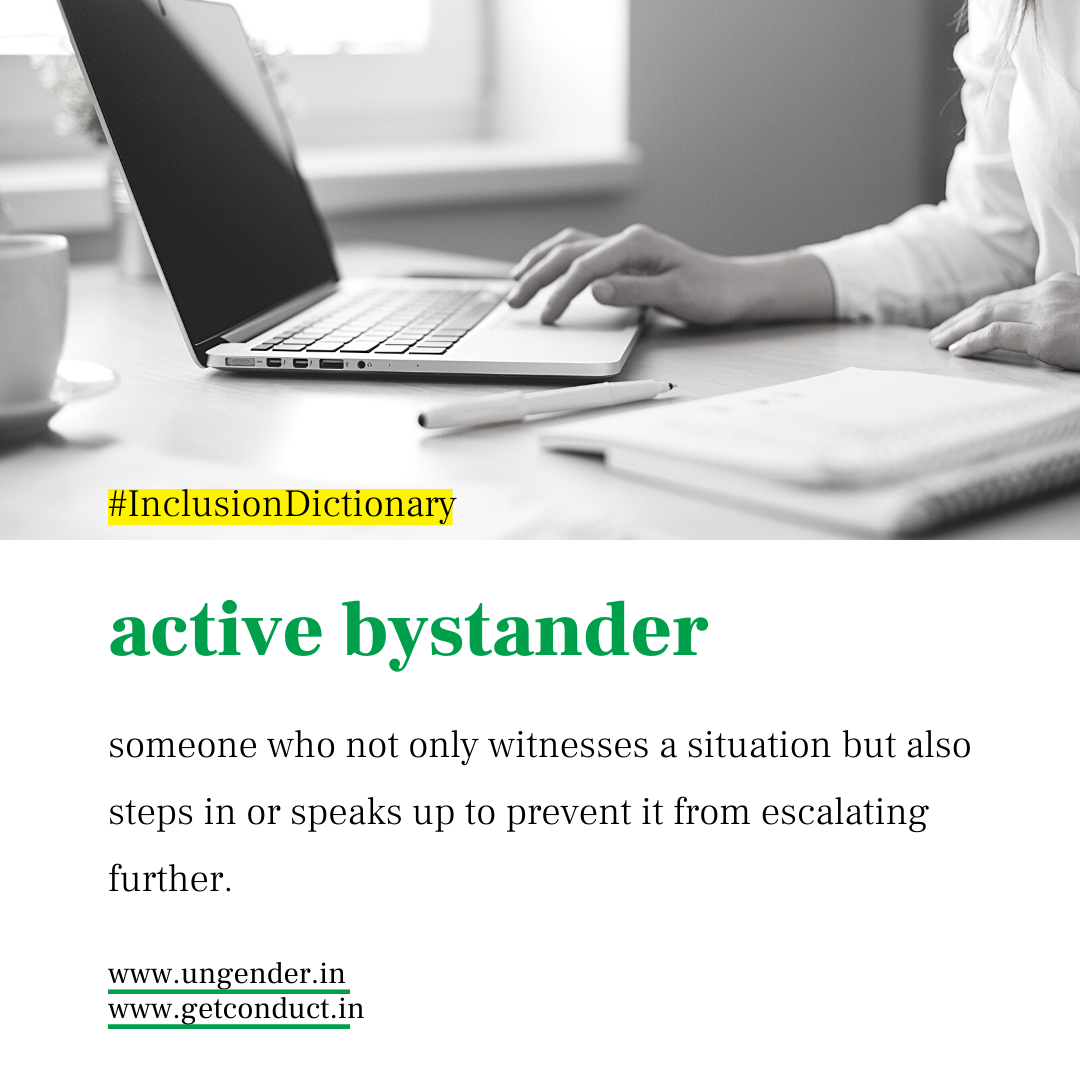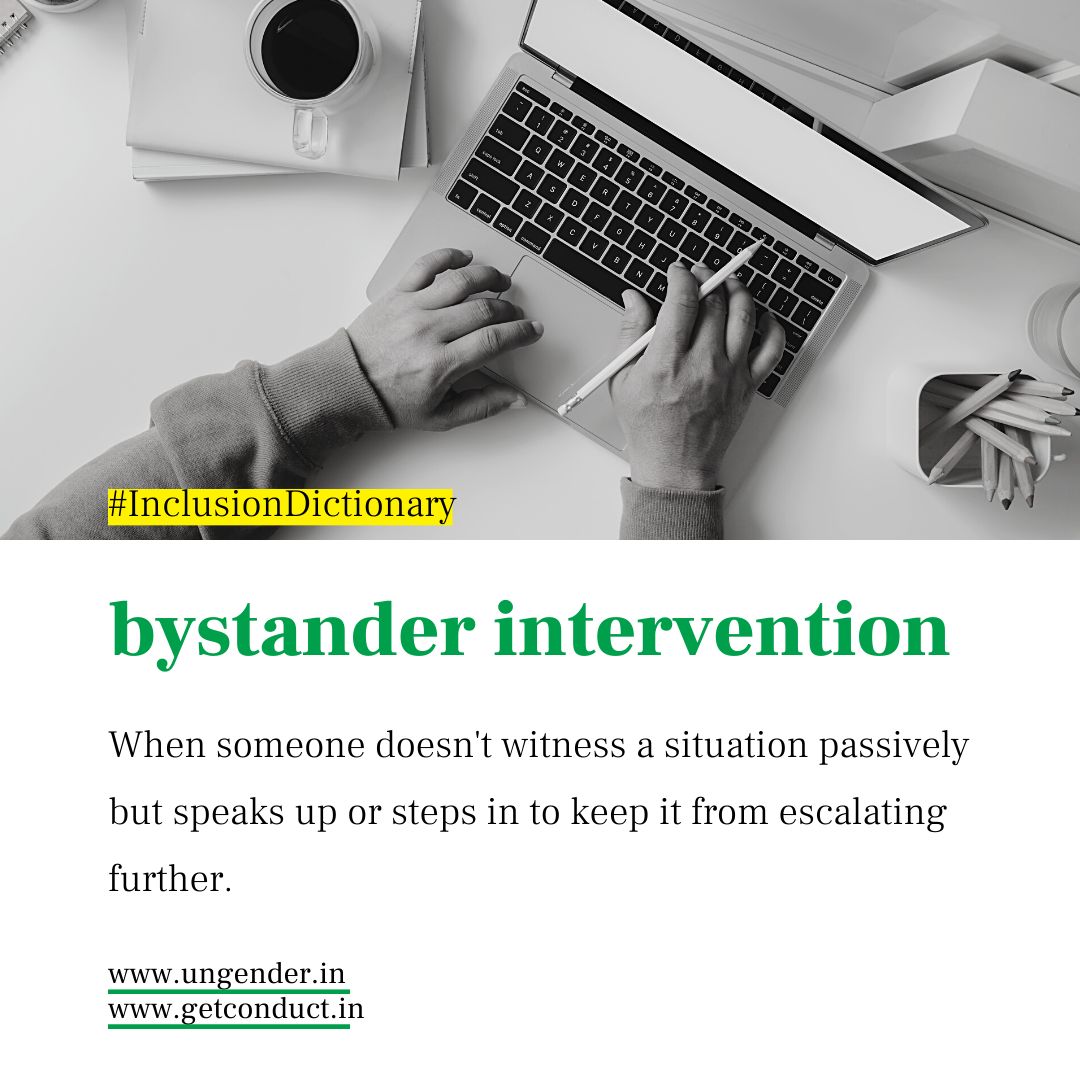What is the bystander effect?
The bystander effect refers to the phenomenon in which individuals are less likely to offer help to a victim when other people are present. The bystander effect occurs because the presence of others diffuses responsibility among the onlookers, making it less likely that any one person will take action.
The phenomenon was first identified in the 1964 murder of Kitty Genovese in New York City, although later investigation cast doubt on the extent to which her neighbors actually witnessed the crime or failed to respond to her cries for help.
Bystander effect in the workplace
The bystander effect can also occur in the workplace where individuals may be less likely to speak up or take action in the face of unethical or inappropriate behavior when others are present.
This can include things like harassment, discrimination, or other forms of mistreatment. The presence of others may make it more difficult for an individual to speak up, as they may fear retaliation or not be sure that their concerns will be taken seriously.
Organizations can take steps to prevent the bystander effect in the workplace by creating a culture of openness and accountability, providing training on how to recognize and report inappropriate behavior, and encouraging employees to speak up when they see something that is not right.
Additionally, having effective communication and reporting channels in place can help to ensure that any concerns are heard and addressed in a timely and appropriate manner.
Also read: How bystander intervention can prevent Sexual Harassment at Workplaces

How to prevent bystander effect in the workplace?
There are several steps that organizations can take to prevent the bystander effect in the workplace:
- Create a culture of openness and accountability: Encourage employees to speak up when they witness inappropriate behavior and make sure they know that their concerns will be taken seriously.
- Provide training: Offer regular training on how to recognize and report inappropriate behavior, and on bystander intervention strategies.
- Encourage reporting: Have effective communication and reporting channels in place, such as an anonymous hotline, to ensure that any concerns are heard and addressed in a timely and appropriate manner.
- Have a clear policy against retaliation and discrimination: Make sure that employees are aware of the policy and that it is enforced.
- Provide support: Offer counseling or other resources to help employees cope with any negative consequences that may result from their actions as active bystanders.
- Lead by example: Encourage leadership and management team to model active bystander behavior and create an atmosphere of safety and respect.
- Engage employees: Encourage employees to take an active role in the prevention of harmful behaviors by creating an open-door policy, gathering feedback, and creating an open-door policy for suggestions and ideas.
- Keep an eye on the atmosphere: Regularly assess the workplace atmosphere, and take steps to address any issues or concerns that arise.
It’s important to keep in mind that preventing the bystander effect in the workplace is a continuous process, it requires a comprehensive and consistent approach, and to be effective, it needs to be embedded in the organizational culture.
Who is an active bystander?
An active bystander is someone who chooses to take action when they witness an event that is harmful or potentially harmful to others. This can include situations of bullying, harassment, discrimination, or other forms of misconduct.
Being an active bystander means taking responsibility for the well-being of others, rather than just being a passive observer. It can involve intervening directly, such as by speaking up or physically stopping the harmful behavior, or it can involve seeking help or support from someone in a position of authority. Active bystanders may also provide support to the person who is being harmed and may advocate for them.
It’s important to note that being an active bystander requires knowledge and skills, so training and education on the topic can be beneficial to help people to identify and intervene in harmful situations.
Also read: Why your company must conduct anti-sexual harassment training

What is bystander intervention training?
Bystander intervention training is a program designed to teach individuals how to recognize and intervene in potentially harmful situations. The goal of this type of training is to empower individuals to take action when they witness an event that is harmful or potentially harmful to others.
It also aims to change the societal norms around the bystander effect, where individuals often do not intervene in harmful situations because they believe someone else will or they don’t know how to act.
The training often includes information on how to recognize and intervene in a variety of situations, such as bullying, harassment, discrimination, and other forms of misconduct. It may also cover topics such as consent, bystander intervention strategies, and how to provide support to someone who has experienced harm.
The training may be provided in various formats, such as in-person workshops, online modules, or as part of an organization’s overall training program. It can be tailored to a specific audience, such as students, employees, or community members.
Bystander intervention training can be an effective way for organizations and communities to promote a culture of safety and respect, and to empower individuals to take an active role in preventing harmful behaviors.
Also read: 10 things HR Managers must do to prevent sexual harassment at work
How can Ungender help you?
Ungender focuses on bystander intervention training as part of its training and advisory programs. Our team of experts implements efficient ways to build a safe and inclusive workplace. We will help you place policies and processes in alignment with anti-sexual harassment training which helps your employees feel safer in their workplace.
Write to us at contact@ungender.in to create a safe and inclusive workplace for your team.










